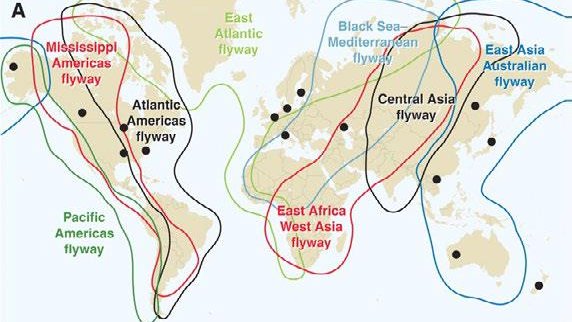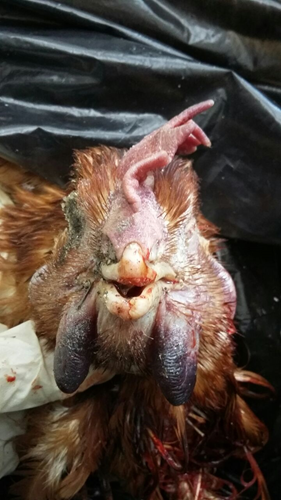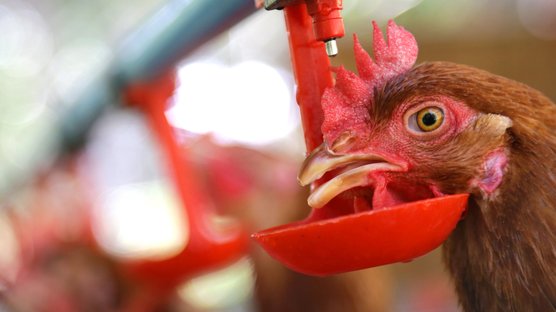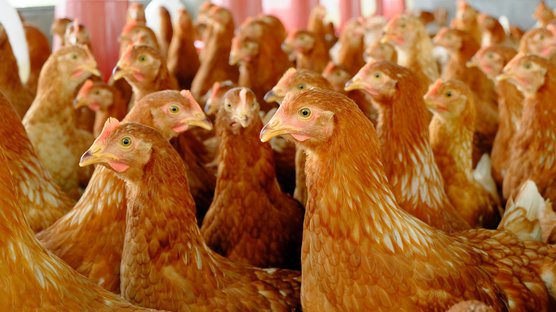
Published on Oct. 15, 2020
Avian Influenza in Poultry: Signs, Mortality, Diagnosis, and Vaccination
Avian Influenza, commonly known as bird flu or fowl plague, is a contagious viral disease caused by the avian influenza virus, a member of the Orthomyxoviridae family. This disease primarily affects poultry such as chickens and hens, with subtypes classified based on two key surface proteins: hemagglutinin (H1 to H16) and neuraminidase (N1 to N9). Among these, the H5N1 subtype is particularly notorious for causing severe outbreaks worldwide.
What is Highly Pathogenic Avian Influenza (HPAI)?
The highly pathogenic avian influenza virus (HPAI) refers to strains that cause severe illness and high mortality in poultry flocks. HPAI viruses have a high intravenous pathogenicity index (IVPI) greater than 1.2 in six-week-old chickens or cause at least 75% mortality in 4 to 8-week-old infected chickens. The H5 and H7 subtypes are classified as notifiable avian influenza due to their potential threat to poultry health and public safety.
"Wild waterfowl and other aquatic birds are natural reservoirs of avian influenza viruses. Migratory birds can spread the virus over large distances, contributing to outbreaks in domestic poultry populations globally."

Signs of Bird Flu in Hens and Chickens
HPAI in chickens almost always causes severe illness with high morbidity and mortality.
Recognizing the signs of bird flu in hens and chickens is crucial for early detection and control:
- Sudden onset of severe illness with high mortality rates
- Lethargy and weakness
- Loss of appetite and decreased water intake
- Respiratory distress: coughing, sneezing, nasal discharge
- Neurological signs: tremors, paralysis, abnormal head positioning
- Swelling and oedema of the comb and wattles, often showing cyanosis (a bluish discoloration)
- Drop in egg production and poor egg quality (more common in low pathogenic avian influenza)
LPAI normally does not cause severe clinical signs, mild respiratory signs and egg production drops are seen, but H9N2 and H3N1 (Belgium 2019) are for sure not harmless.

Oedema and cyanosis of the wattles
H5N1 Mortality Rate and Impact
The H5N1 virus, a subtype of HPAI, is known for its extremely high mortality rate, often exceeding 75% in infected flocks. The rapid spread and severity make it one of the most feared strains in the poultry industry. Without prompt intervention, entire flocks can be wiped out within days.
Understanding Avian Influenza Signs and Symptoms for Early Detection
Familiarity with avian influenza signs and symptoms allows poultry farmers to act quickly:
- Sudden death with no prior signs
- Swollen heads, combs, and wattles
- Respiratory issues such as coughing and gasping
- Nervous system disturbances like tremors or inability to stand
- Decreased egg production and soft-shelled or misshapen eggs
Early reporting to veterinary authorities is essential for containment.
Diagnosing Avian Influenza in Poultry
Diagnosing avian influenza involves combining clinical observation with laboratory testing:
- Clinical signs alone cannot definitively confirm HPAI, as symptoms overlap with other poultry diseases.
- Laboratory confirmation is made through PCR testing and virus isolation.
- Serological tests such as agar gel precipitation (AGP), ELISA, and hemagglutination inhibition (HAI) tests determine the specific subtype and antibody response.
Control & Vaccination
Effective control of avian influenza relies heavily on strict biosecurity practices to prevent virus introduction and spread:
- Limit contact between domestic poultry and wild birds.
- Maintain hygiene protocols including disinfecting boots, equipment, and poultry houses.
- Implement quarantine measures for new or returning birds.
- Minimize airborne transmission by controlling ventilation and dust.
Vaccination strategies, including the use of the H5N1 vaccine, are employed in regions where the virus is endemic. Vaccination helps reduce mortality, limit viral shedding, and prevent outbreaks. However, vaccination policies vary widely depending on national regulations and the disease status of the area.
Avian Influenza, particularly the highly pathogenic avian influenza (HPAI) virus subtype H5N1, remains a critical threat to poultry health worldwide. Recognizing the signs of bird flu in hens and chickens and understanding the H5N1 mortality rate are vital for timely response and minimizing losses. Combined with stringent biosecurity and vaccination efforts like the H5N1 vaccine, poultry producers can effectively manage and control the spread of this devastating disease. Awareness of avian influenza virus transmission and symptoms supports proactive prevention, safeguarding the global poultry industry.
References
- Picture of ducks: André Nadheim, Unsplash
- Diseases of Poultry 14th Edition. David E. Swayne, David L. Suarez and Leslie D. Sims.
- www.oie.int
- www.cfsph@iastate.edu



